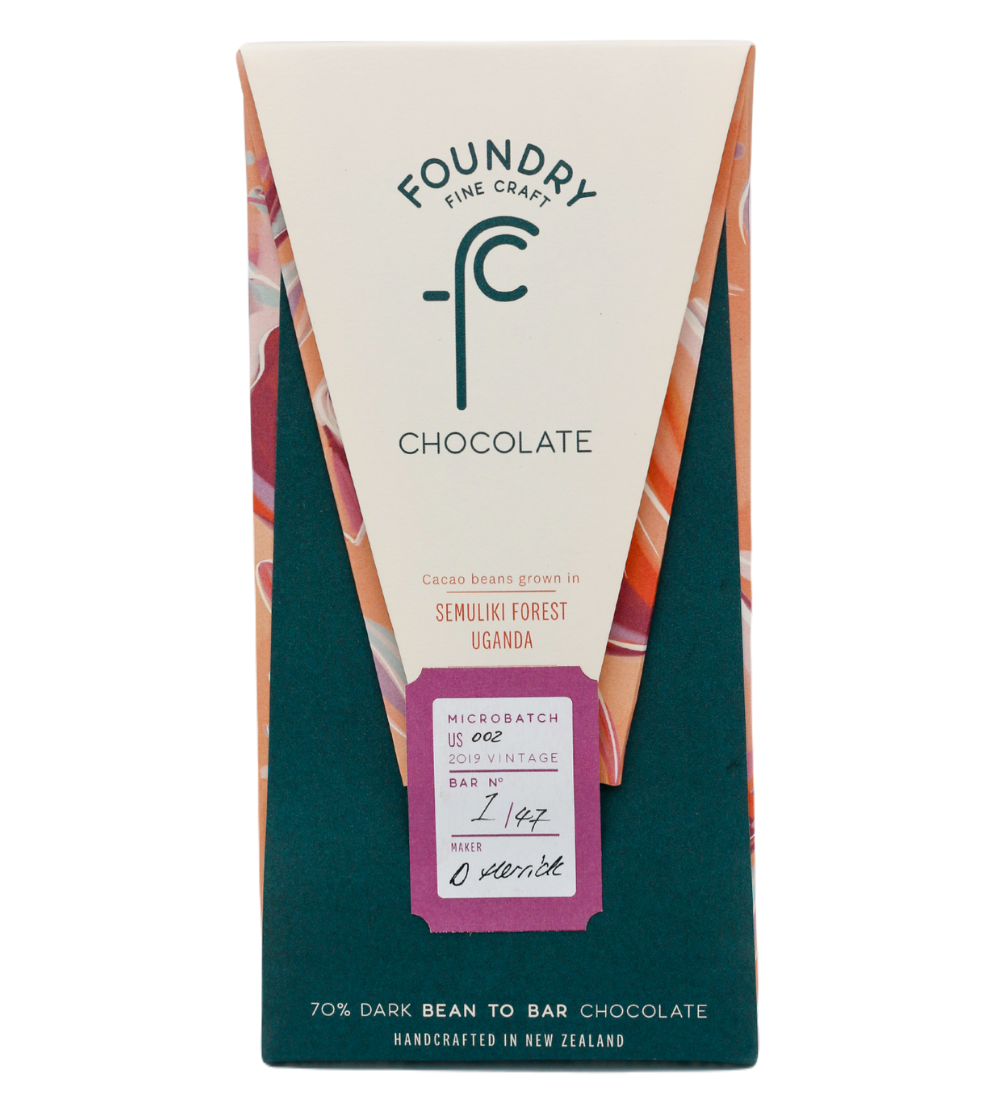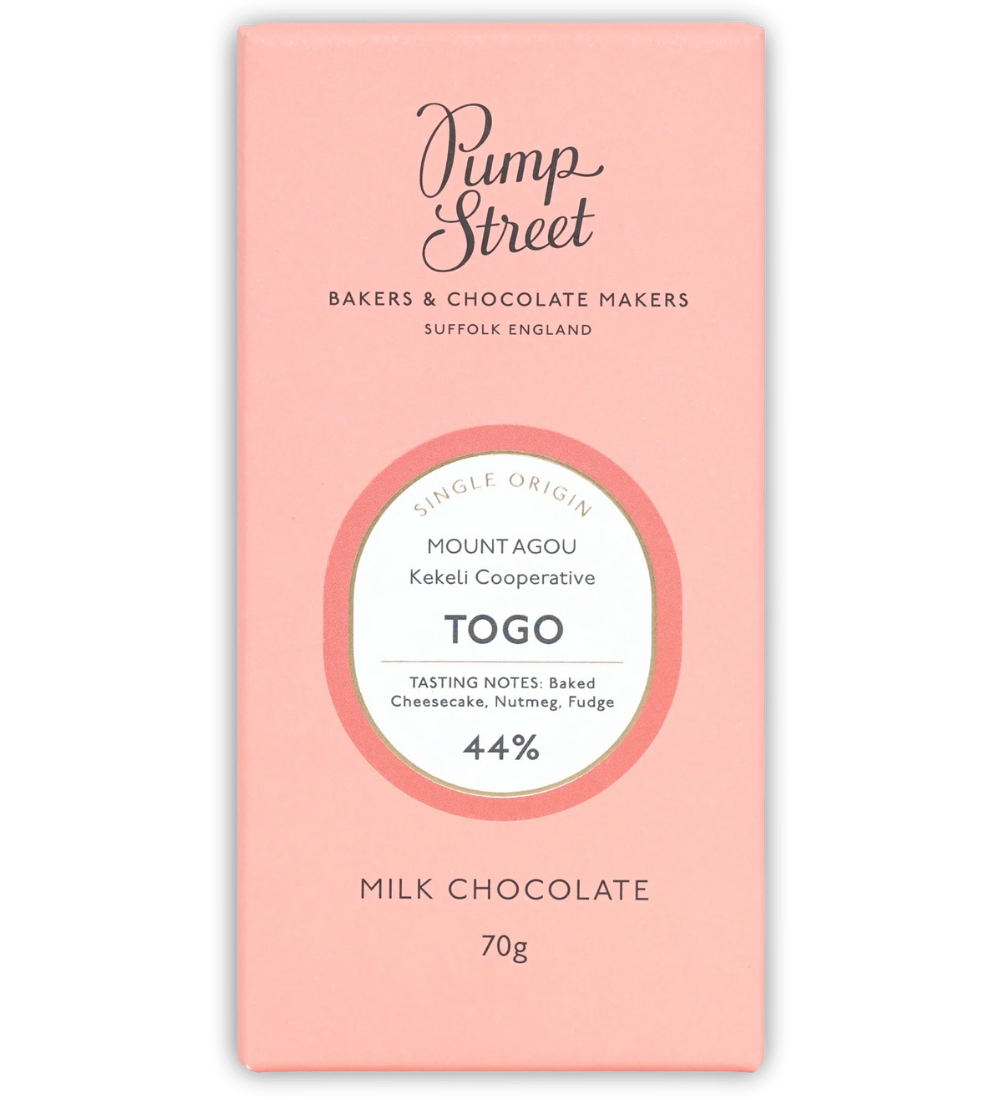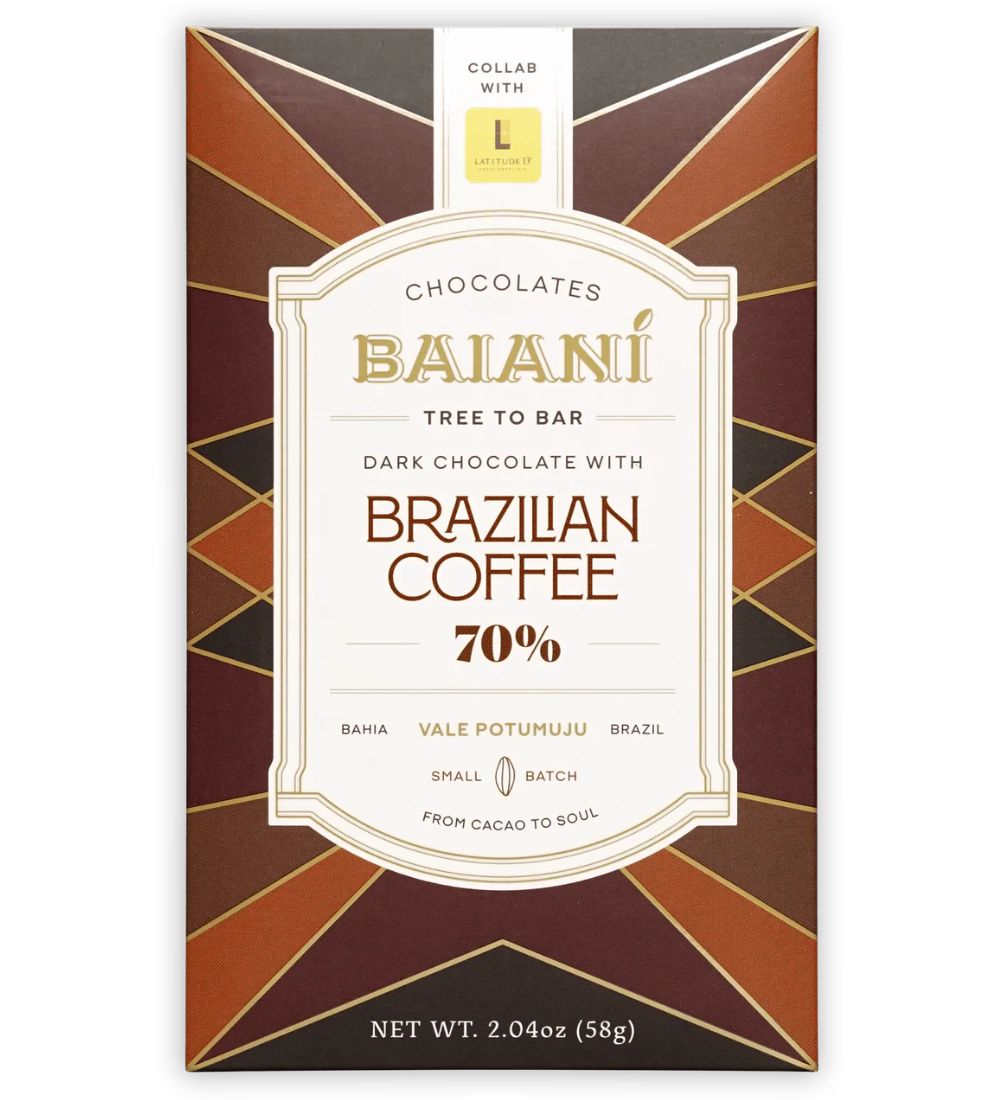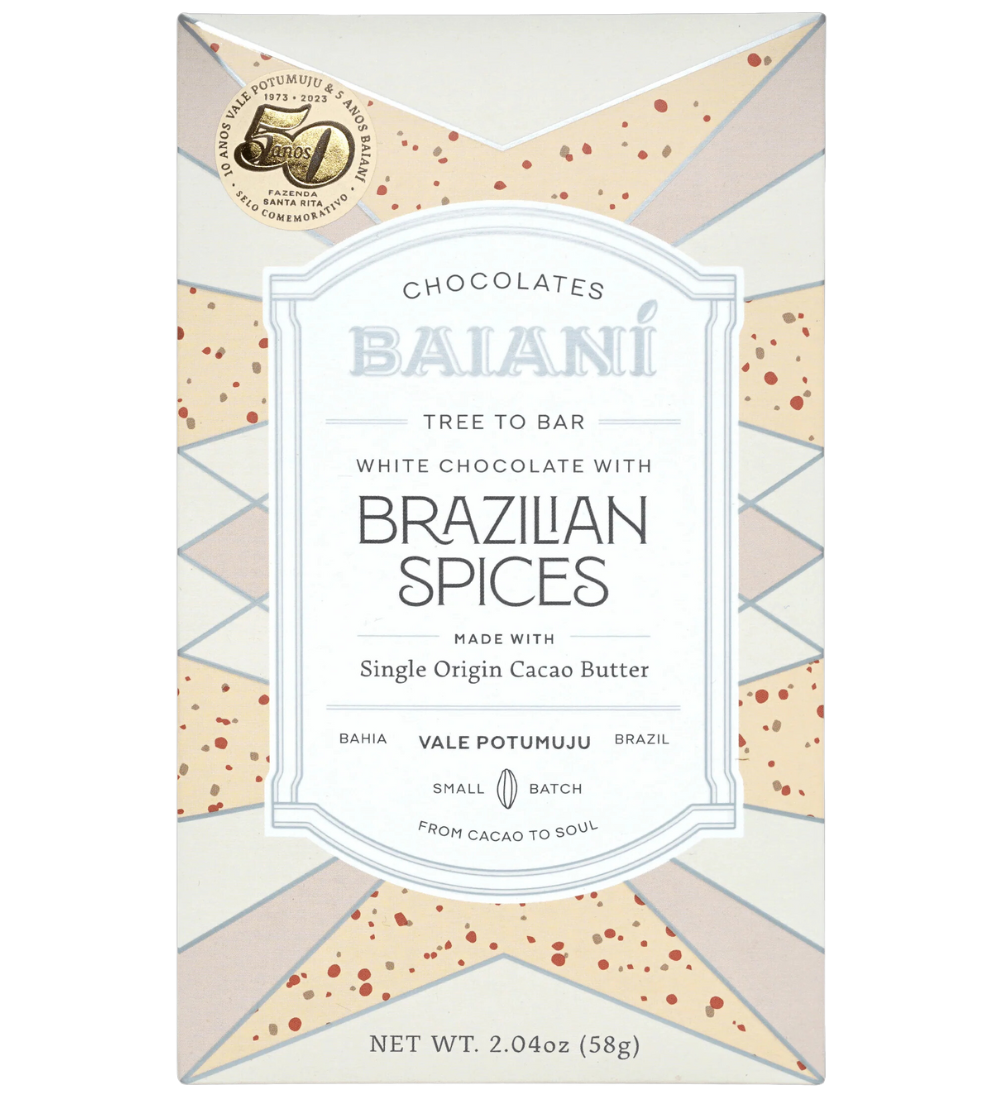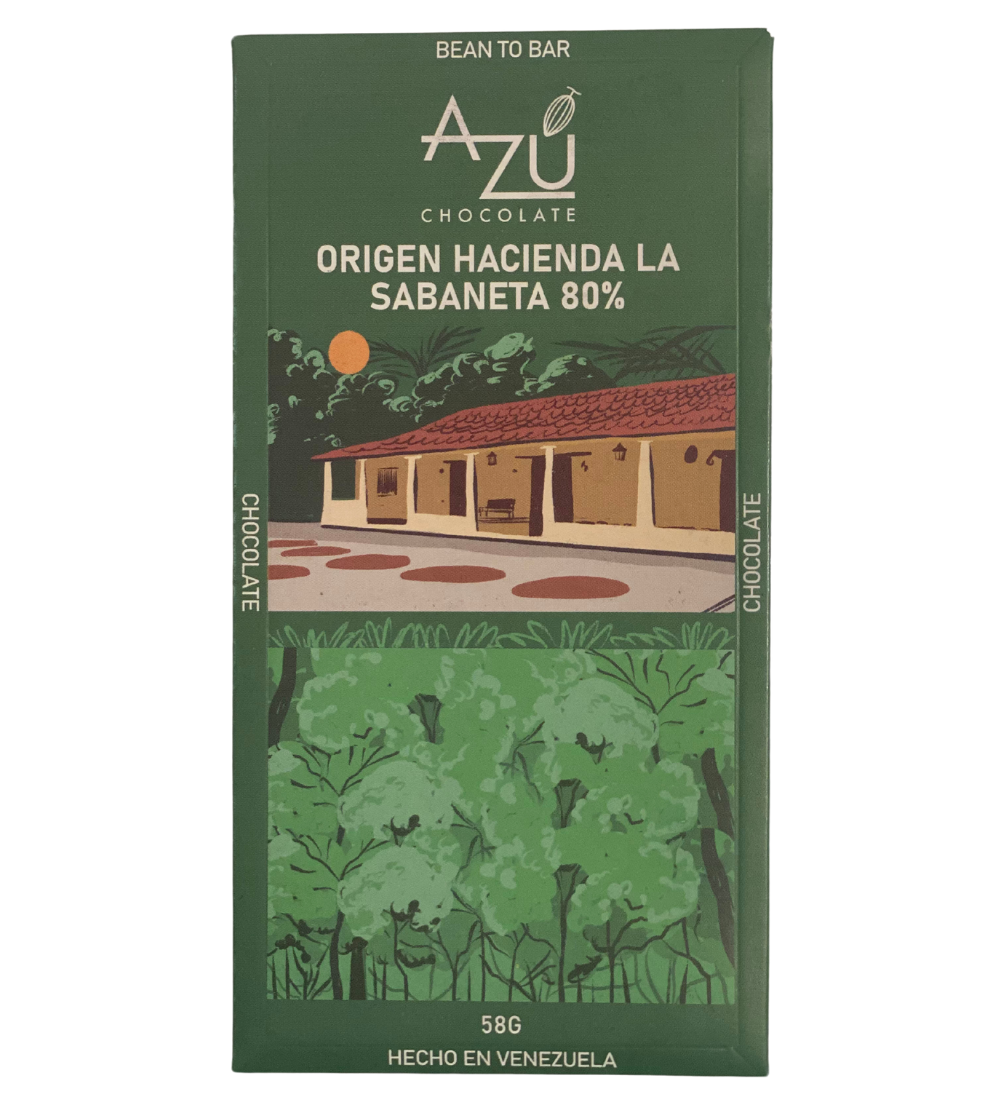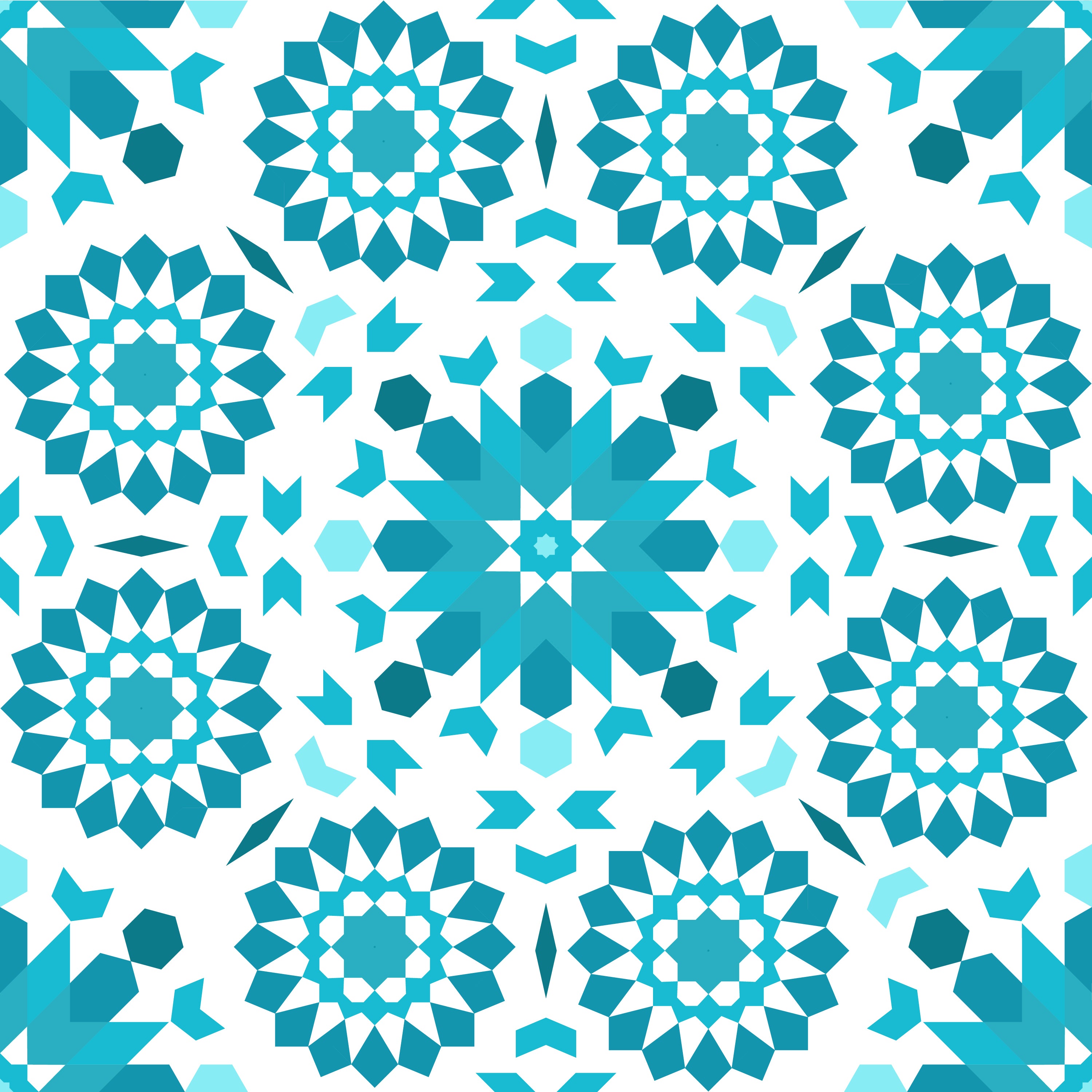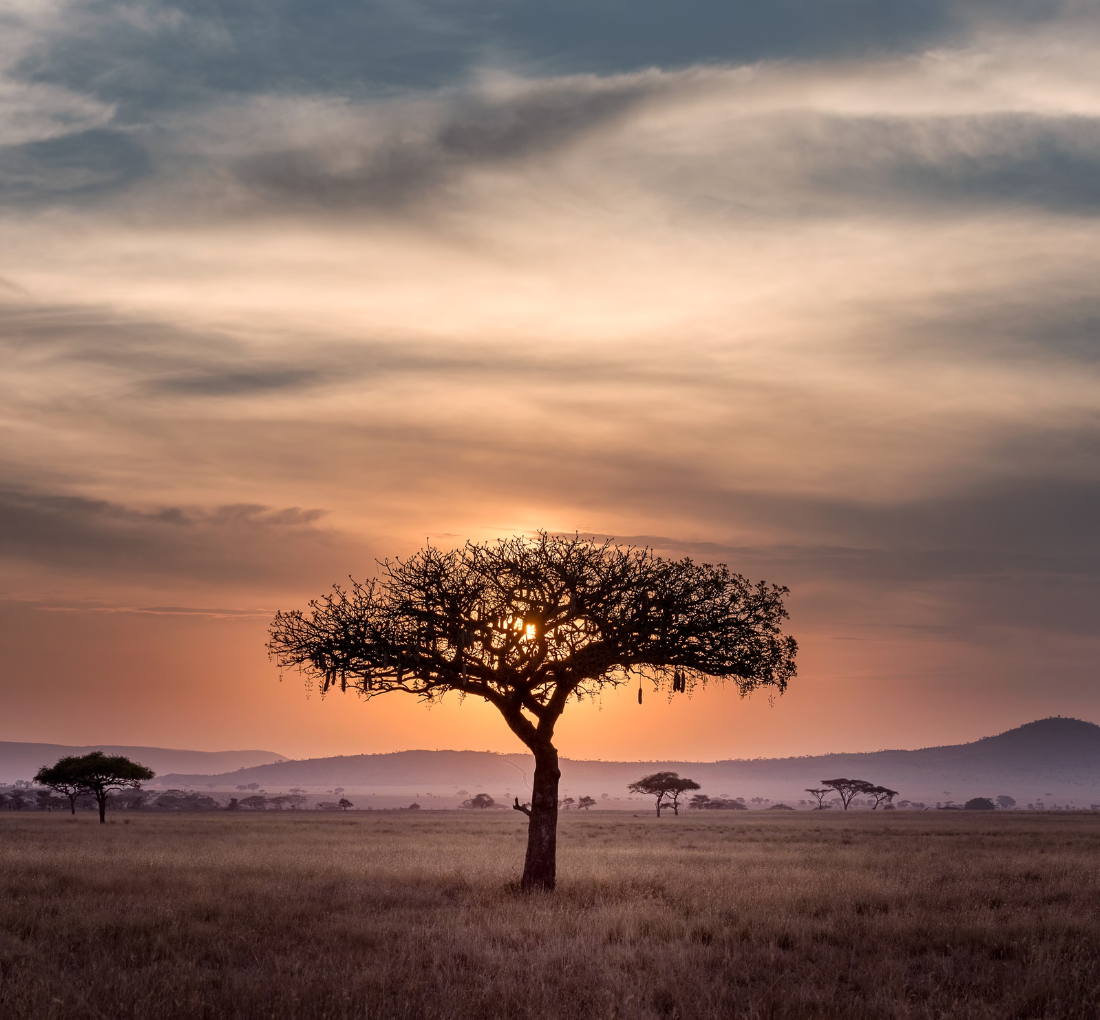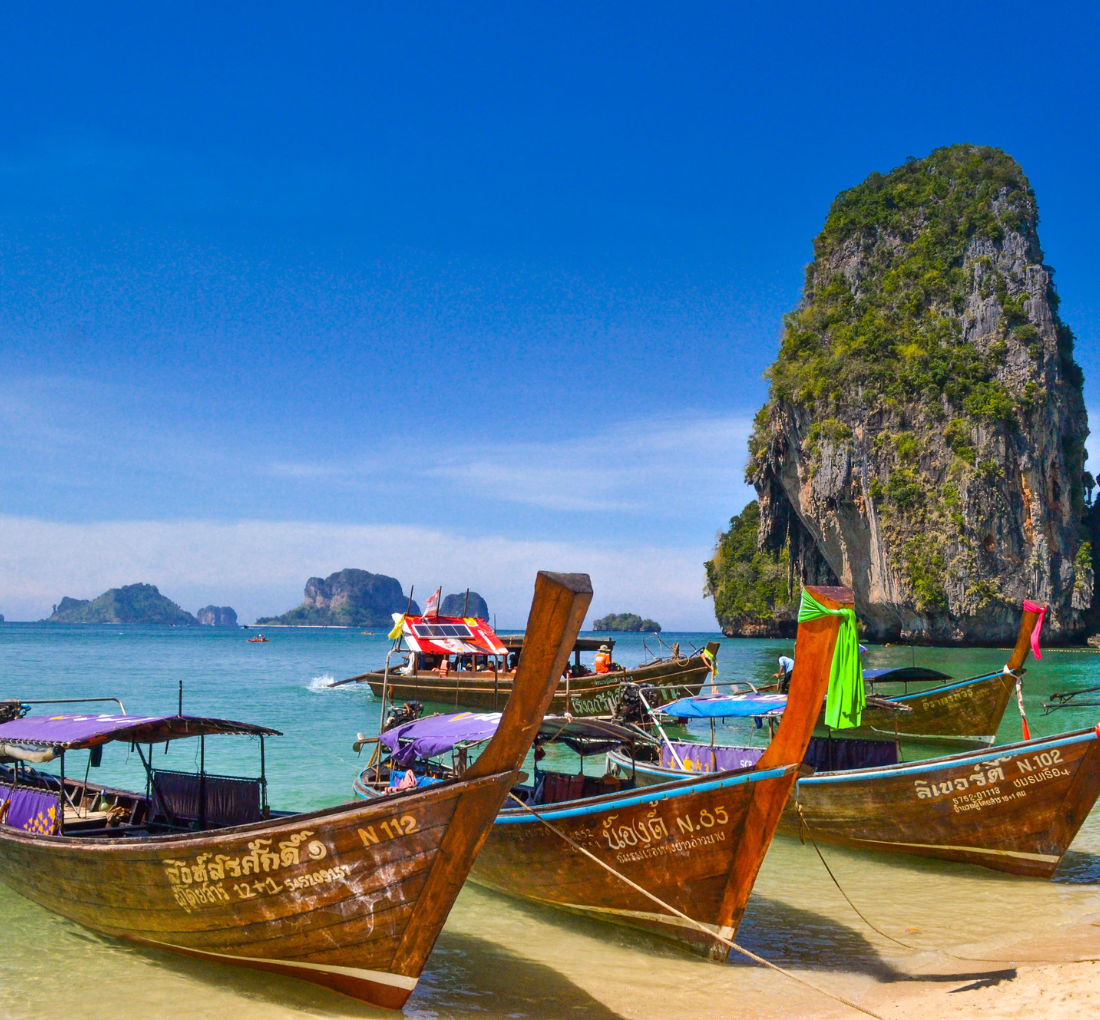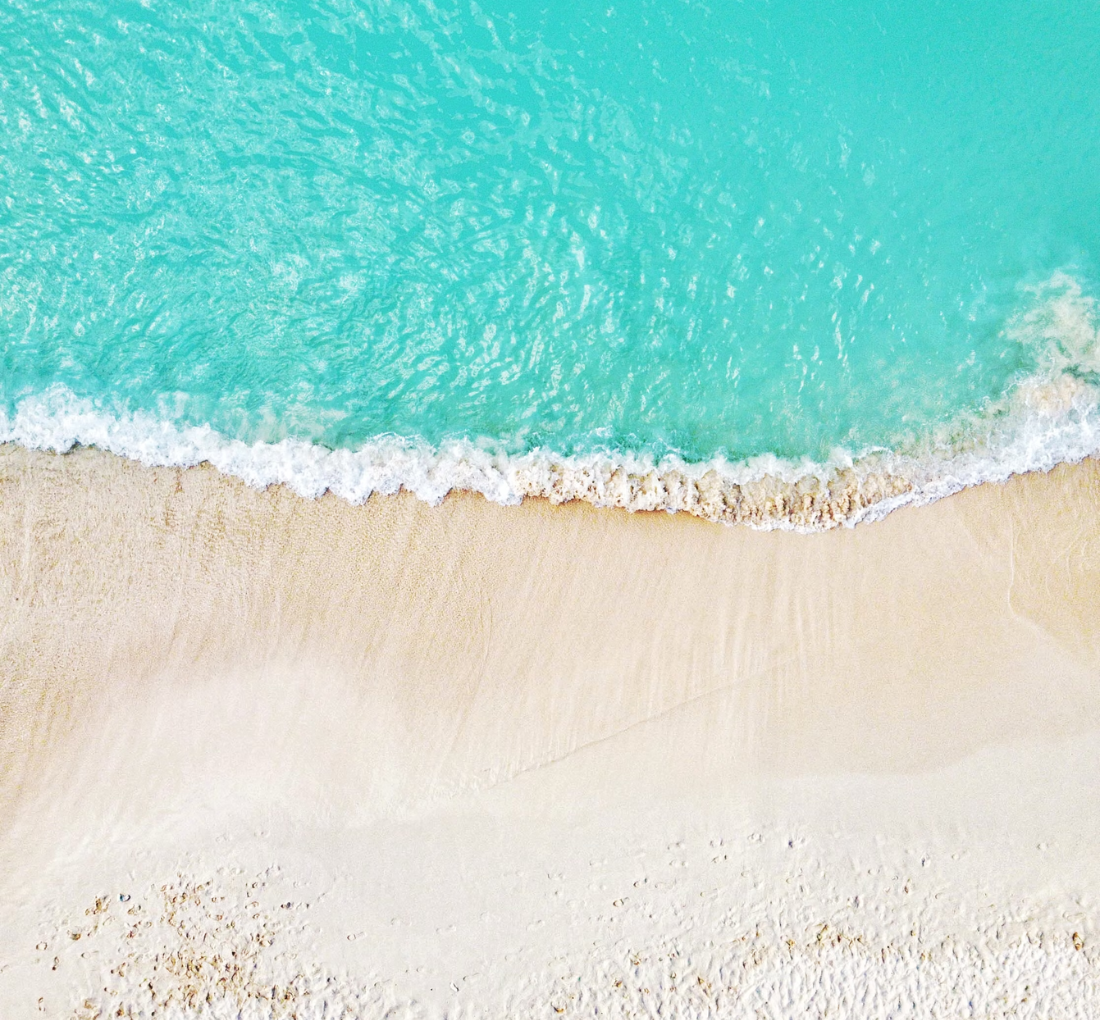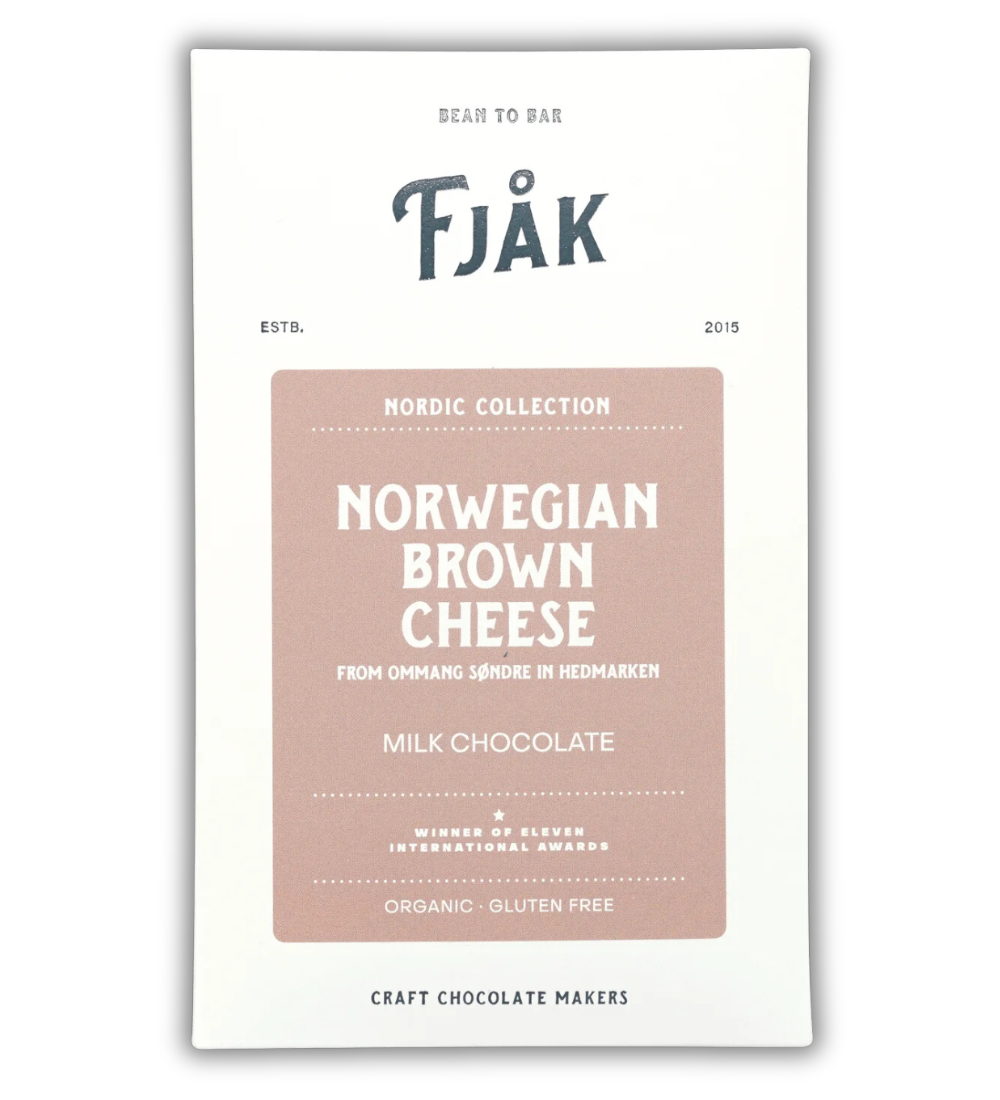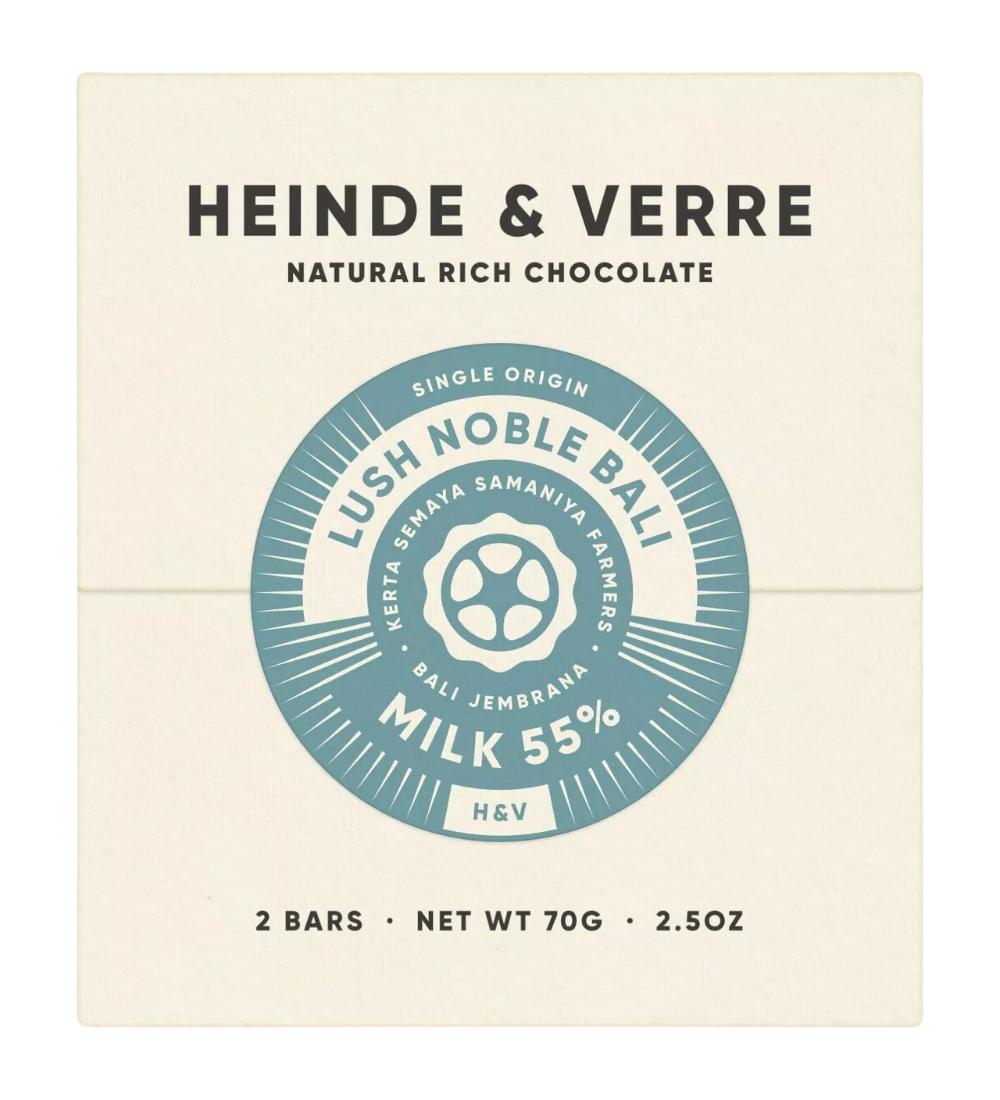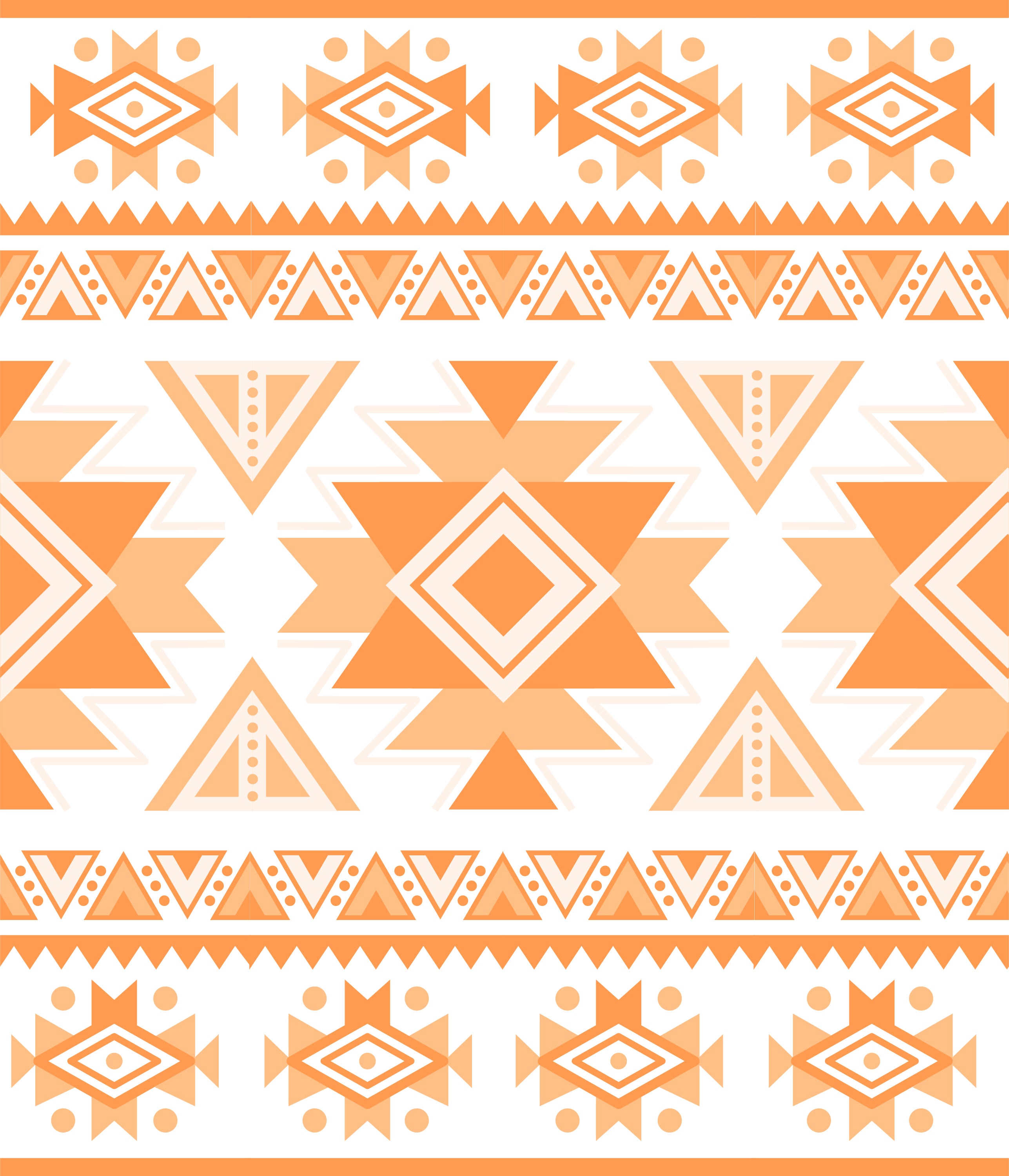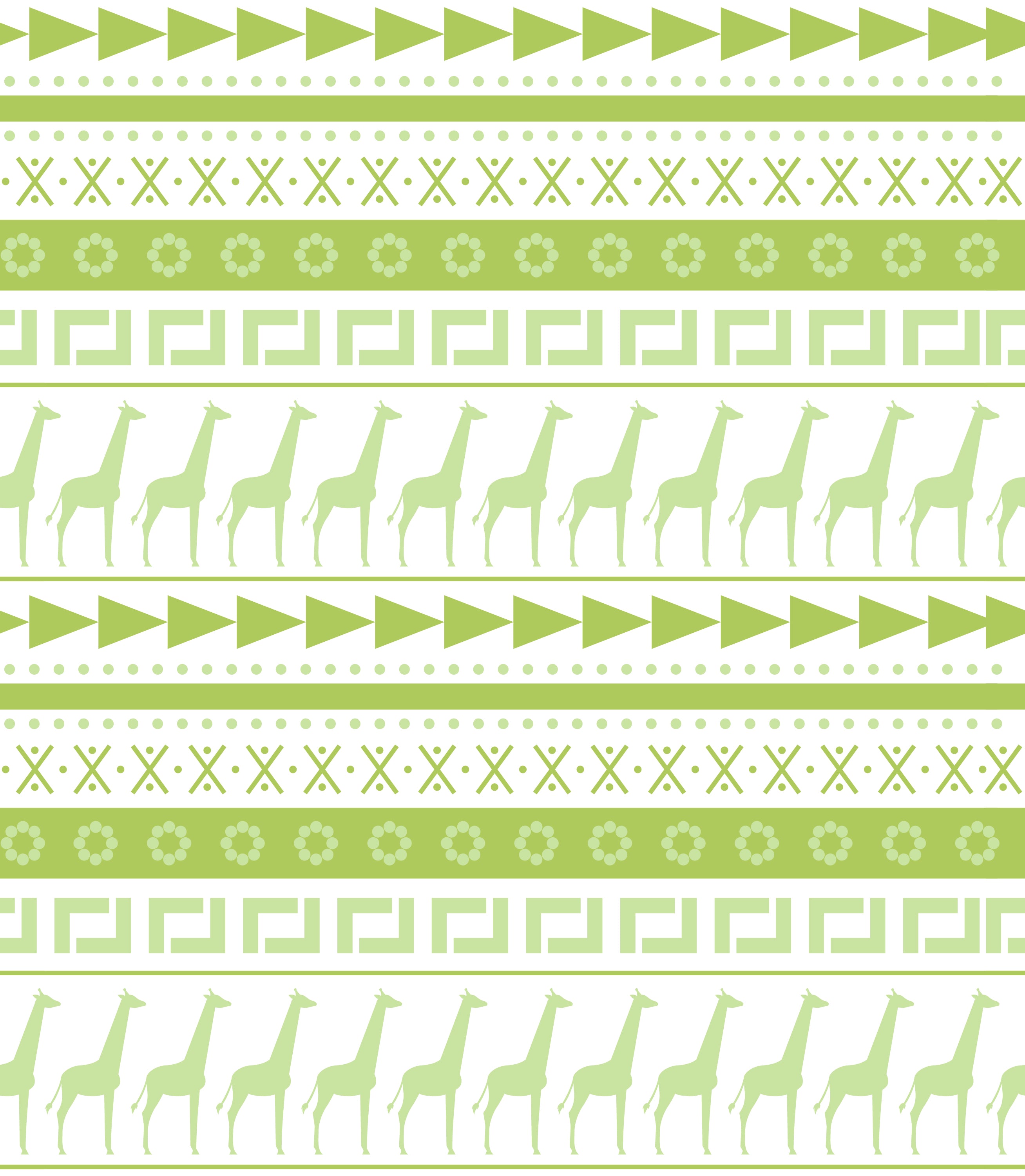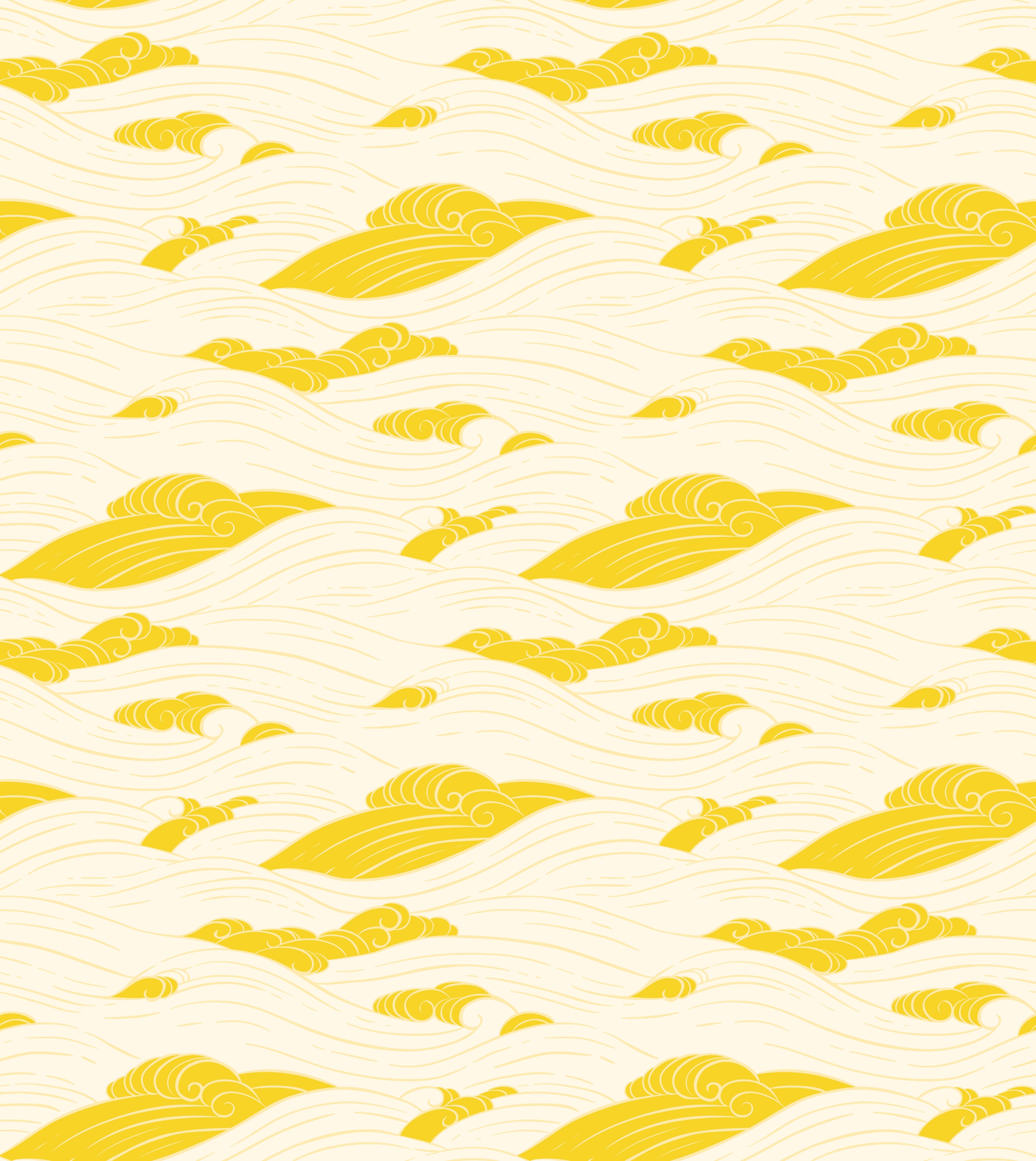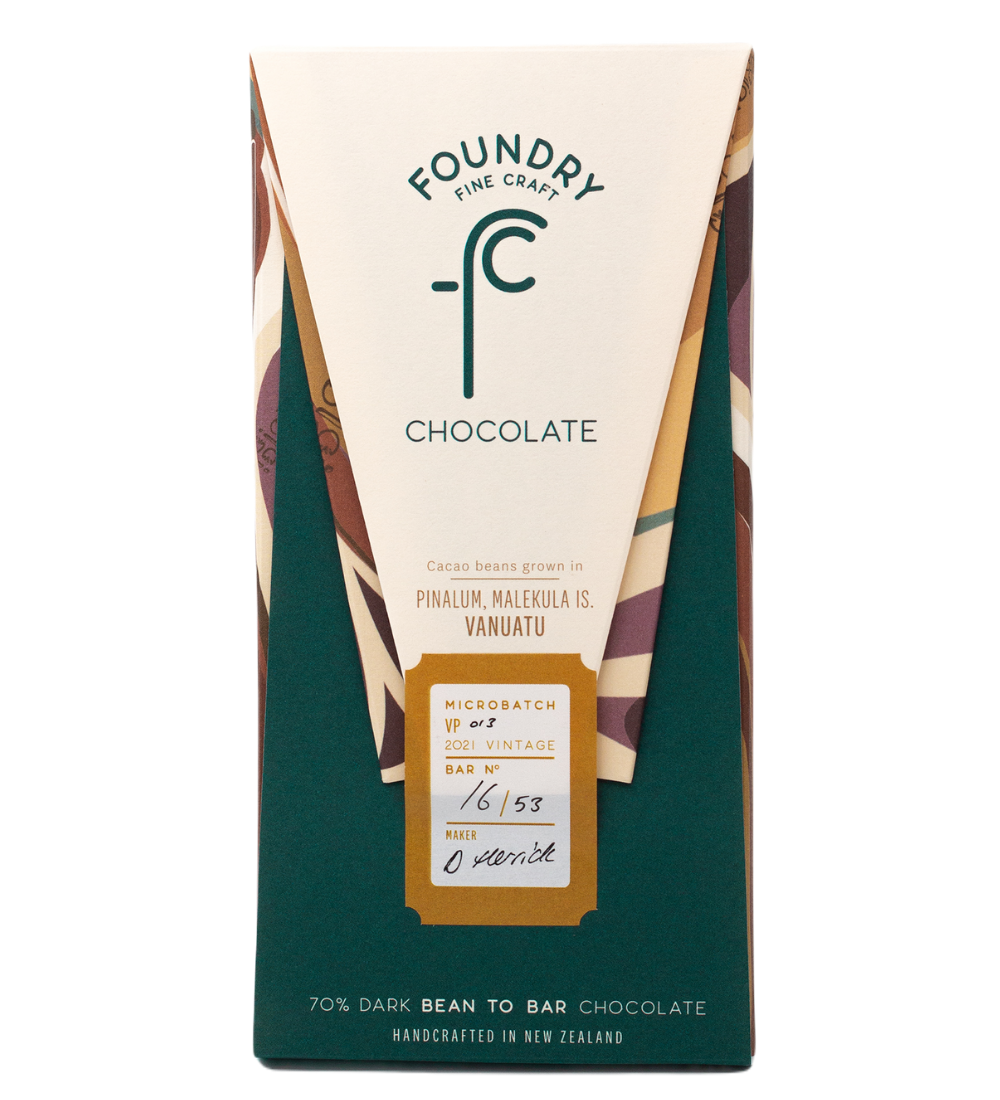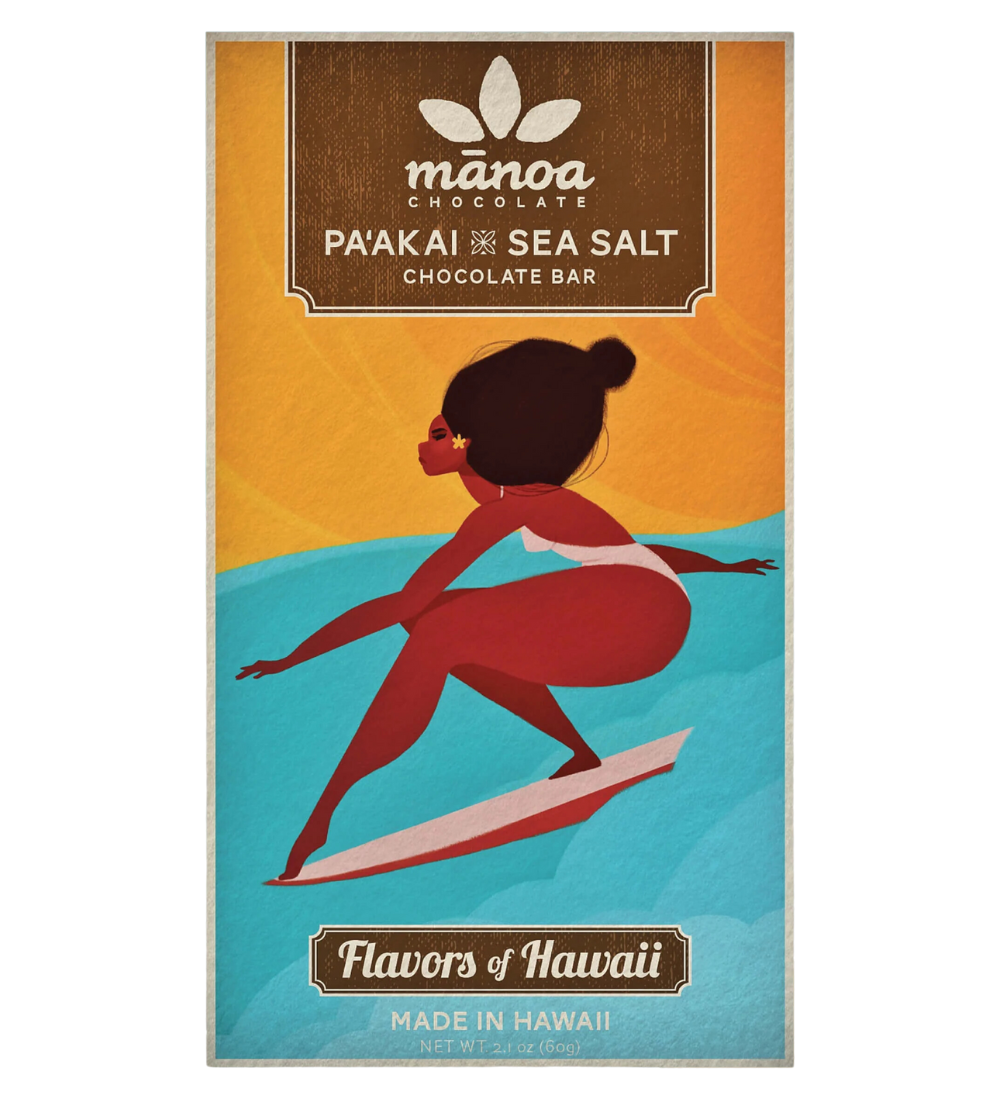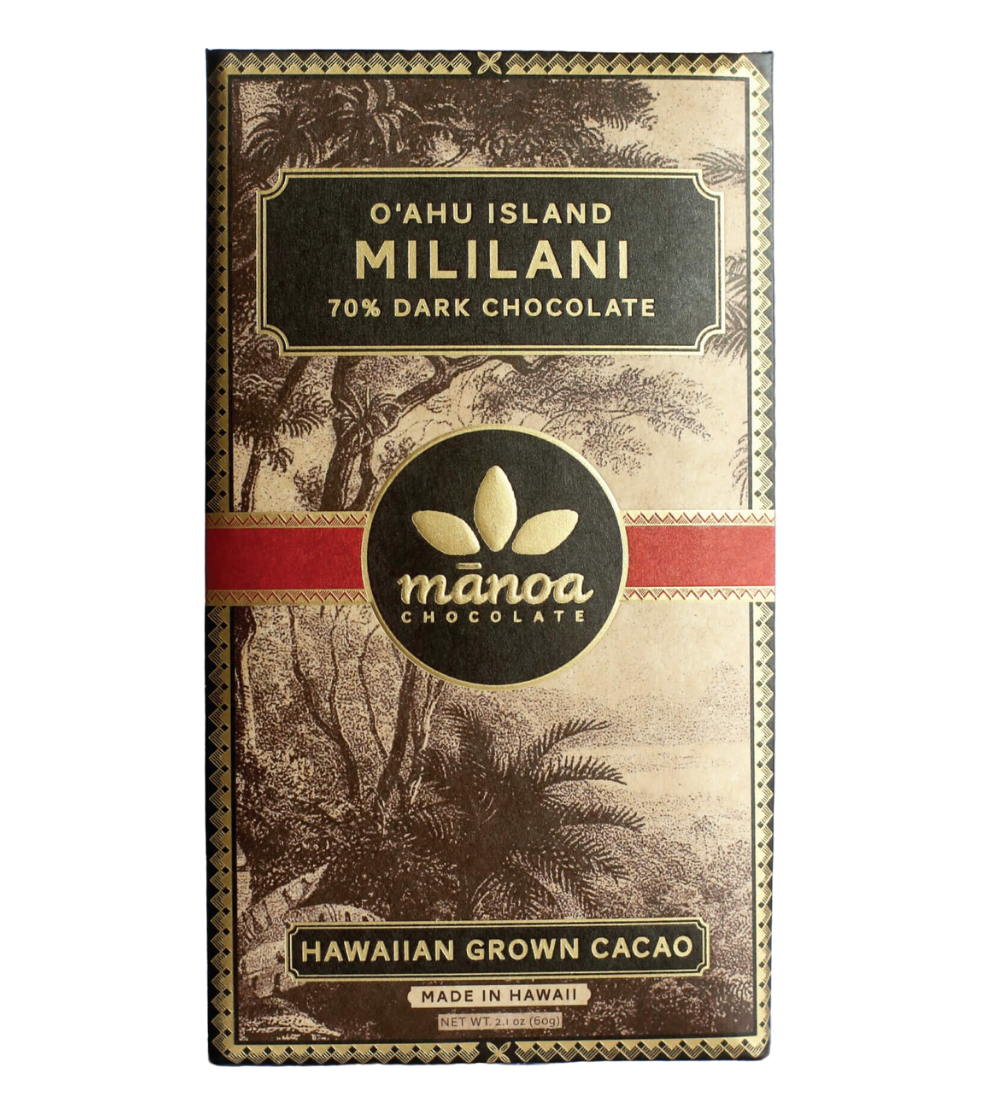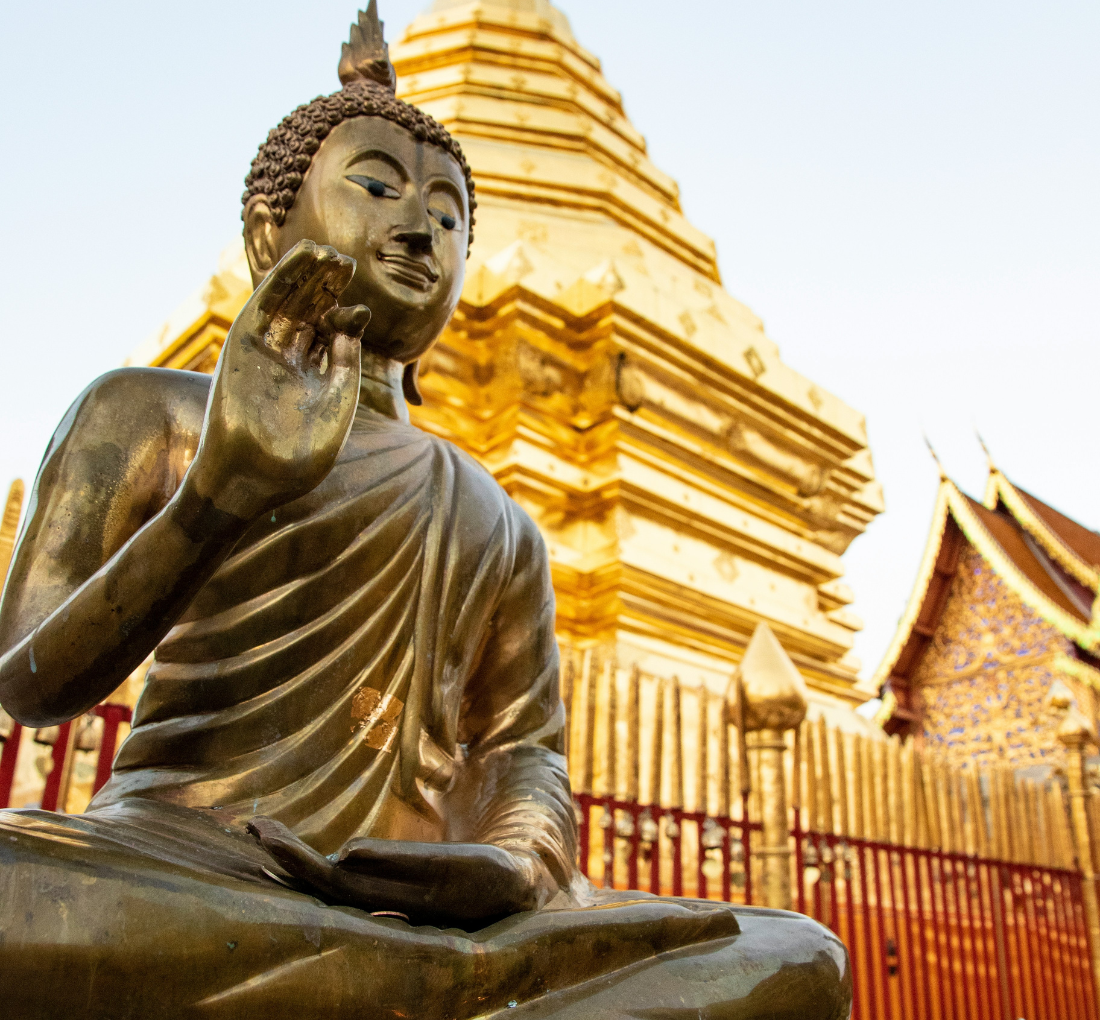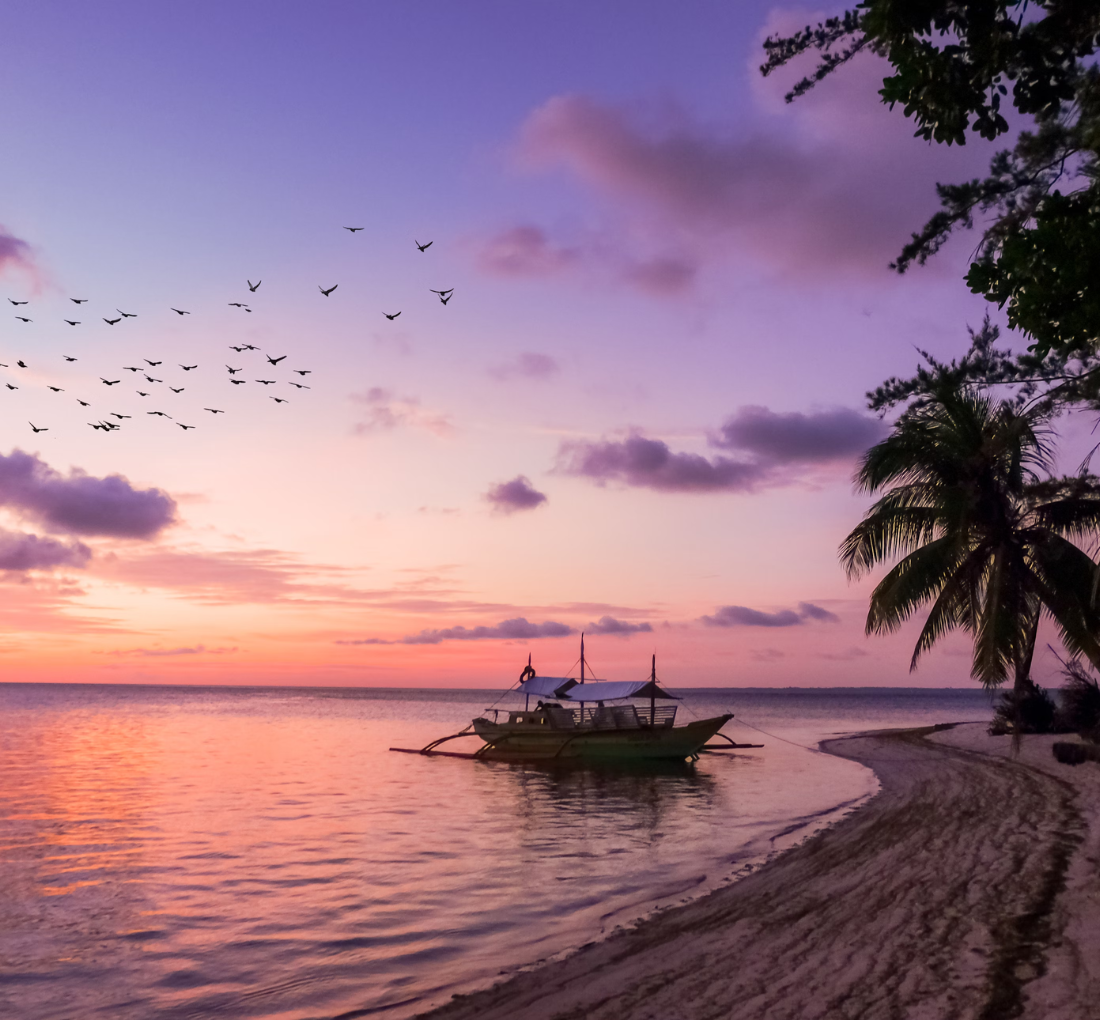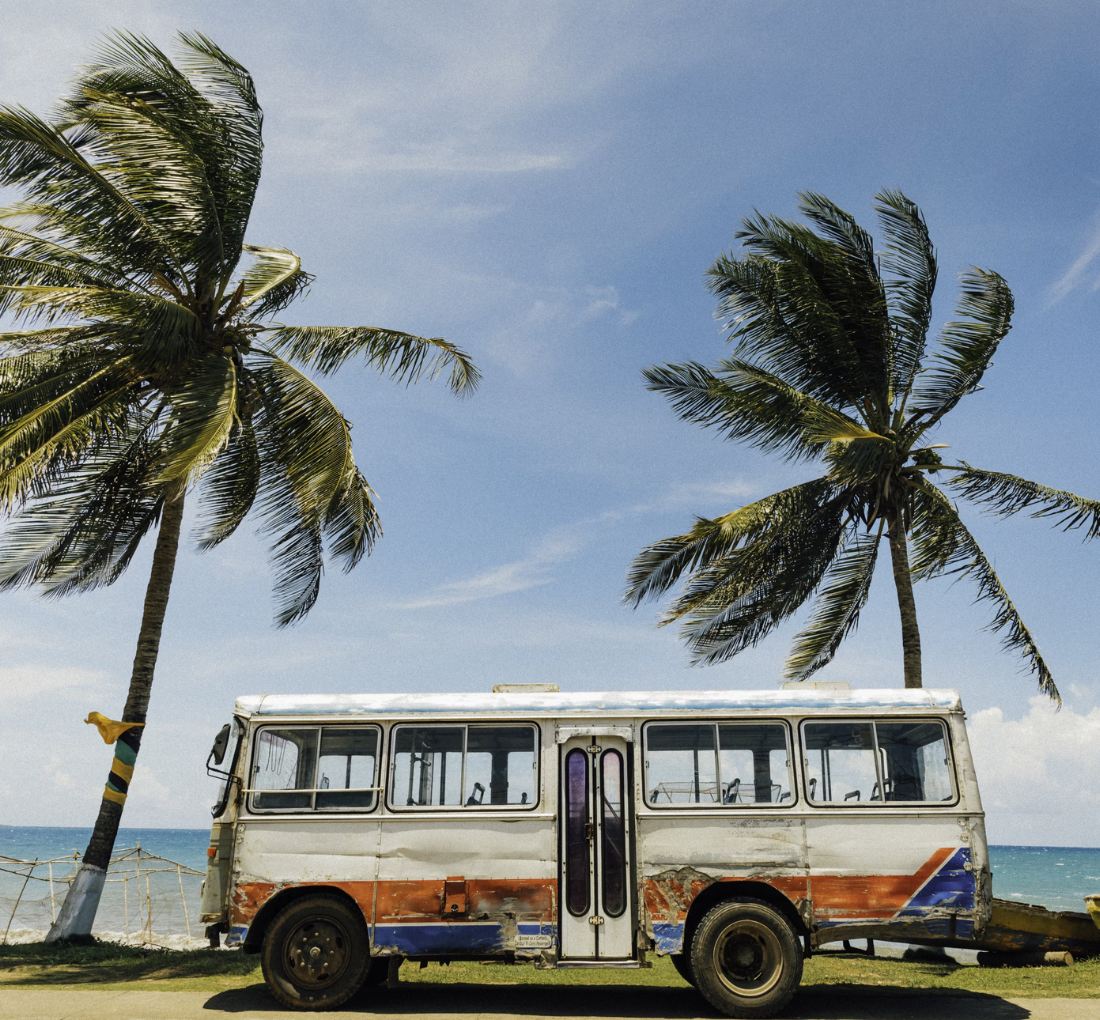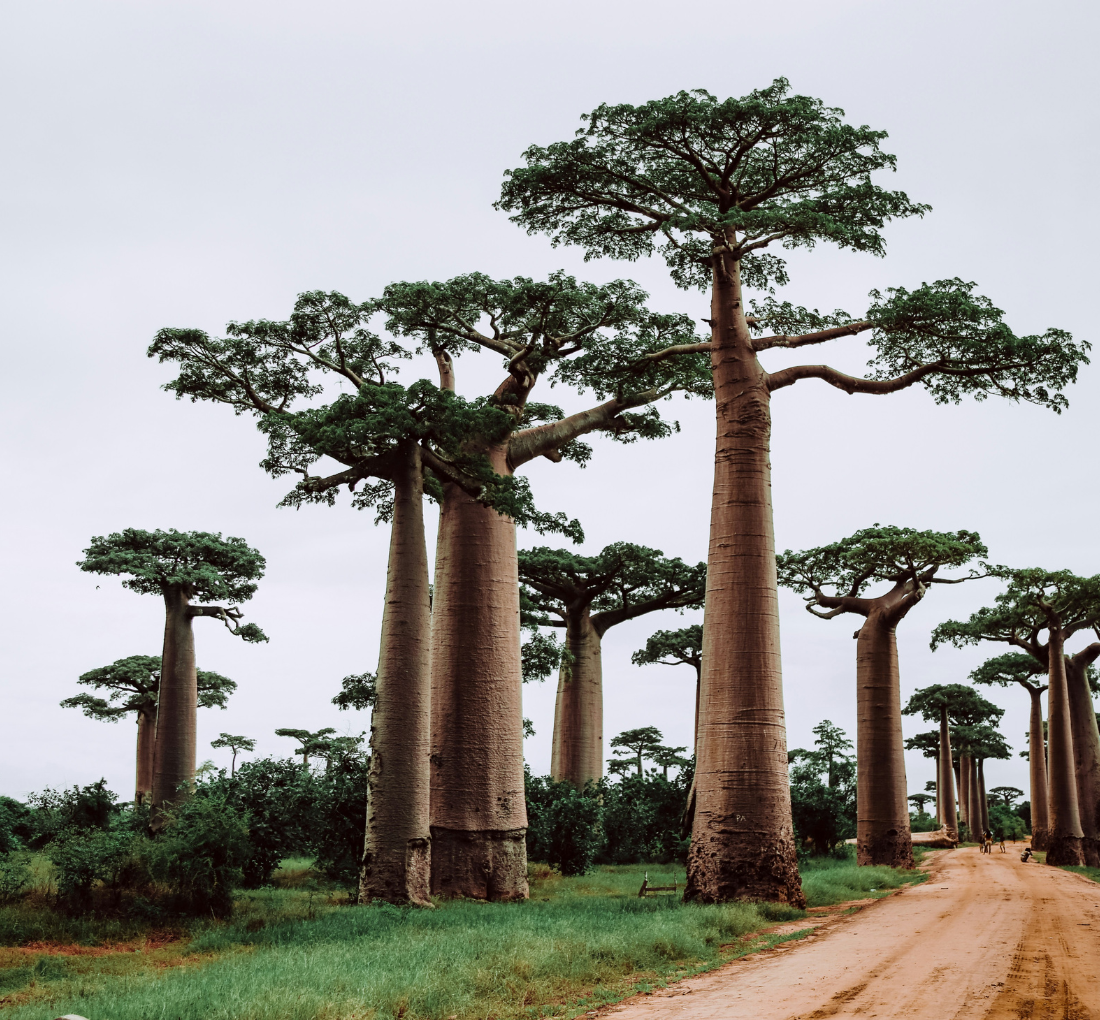While it is both unfair and impossible to generalize such diverse islands as Fiji, Papua New Guinea, Samoa, Vanuatu, the Solomon Islands, and Hawaii, I have grouped them together for the sake of convenience. These islands can be categorized based on common Austronesian origins, colonization history, and their geographical region of Oceania. Most of these islands are relatively small in size but, together, they surprisingly represent 10% of global cocoa production. Spread across the Pacific Ocean, these nations incorporate parts of Melanesia, Micronesia, and Polynesia. Each represents a unique culture, language, and diversity in geography, flora, and fauna. However, most share a tropical climate with similar combinations of forests, beaches, and volcanic terrain. Despite their differences, these islands share a deep connection to the sea, with traditional practices and customs rooted in a deep respect for nature. Cocoa was introduced in many of these places by European colonizers in the 19th century. Today, cocoa is a key cash crop on many of these islands. In countries like Vanuatu and the Solomon Islands, as much as 25% of rural households are involved in growing cocoa, making it economically significant, especially for those focusing on high-quality beans destined for artisan chocolate production.

There's a whole world to explore
Discover the world’s diverse cocoa growing regions – from sun-drenched islands to tropical rainforests to lush mountainsides.

